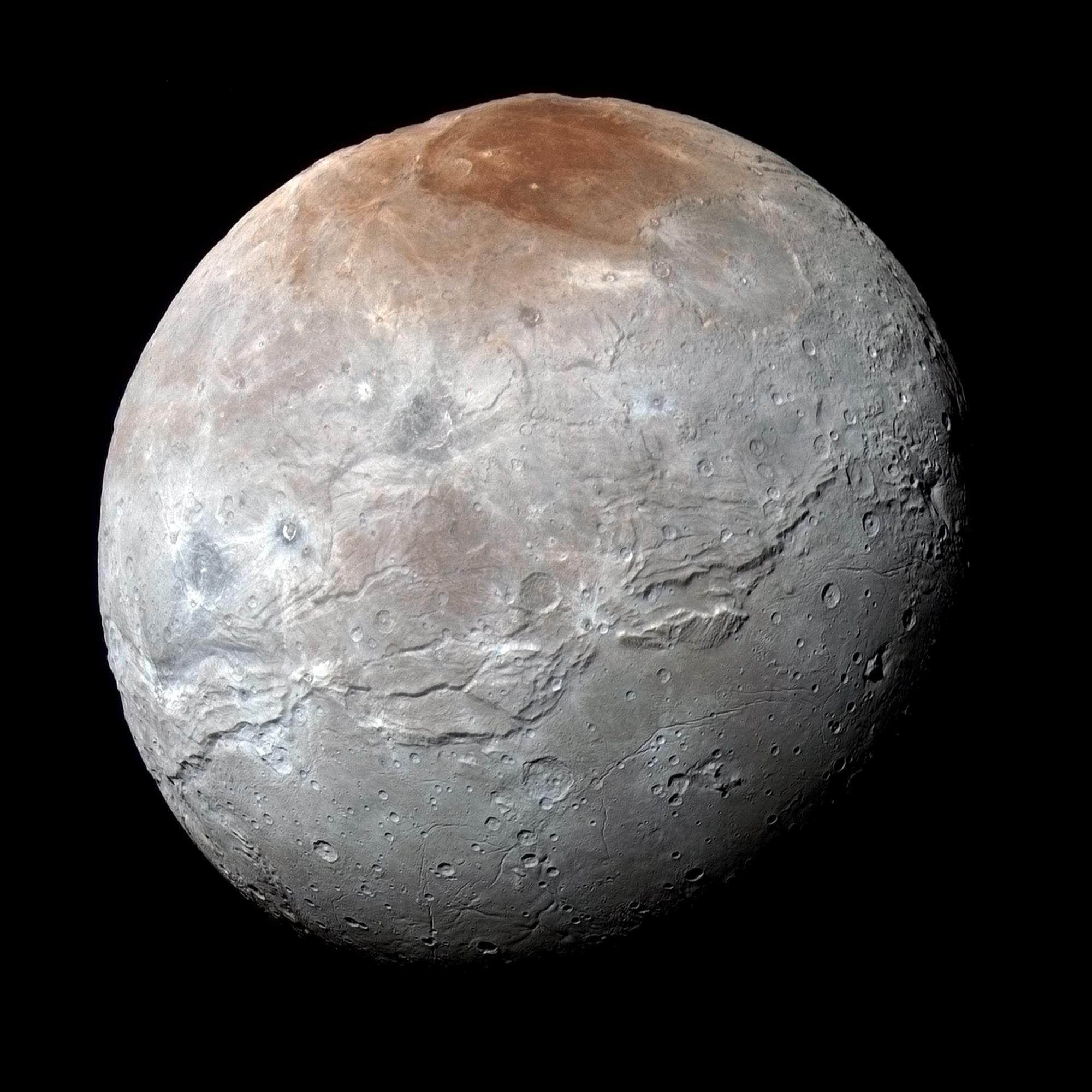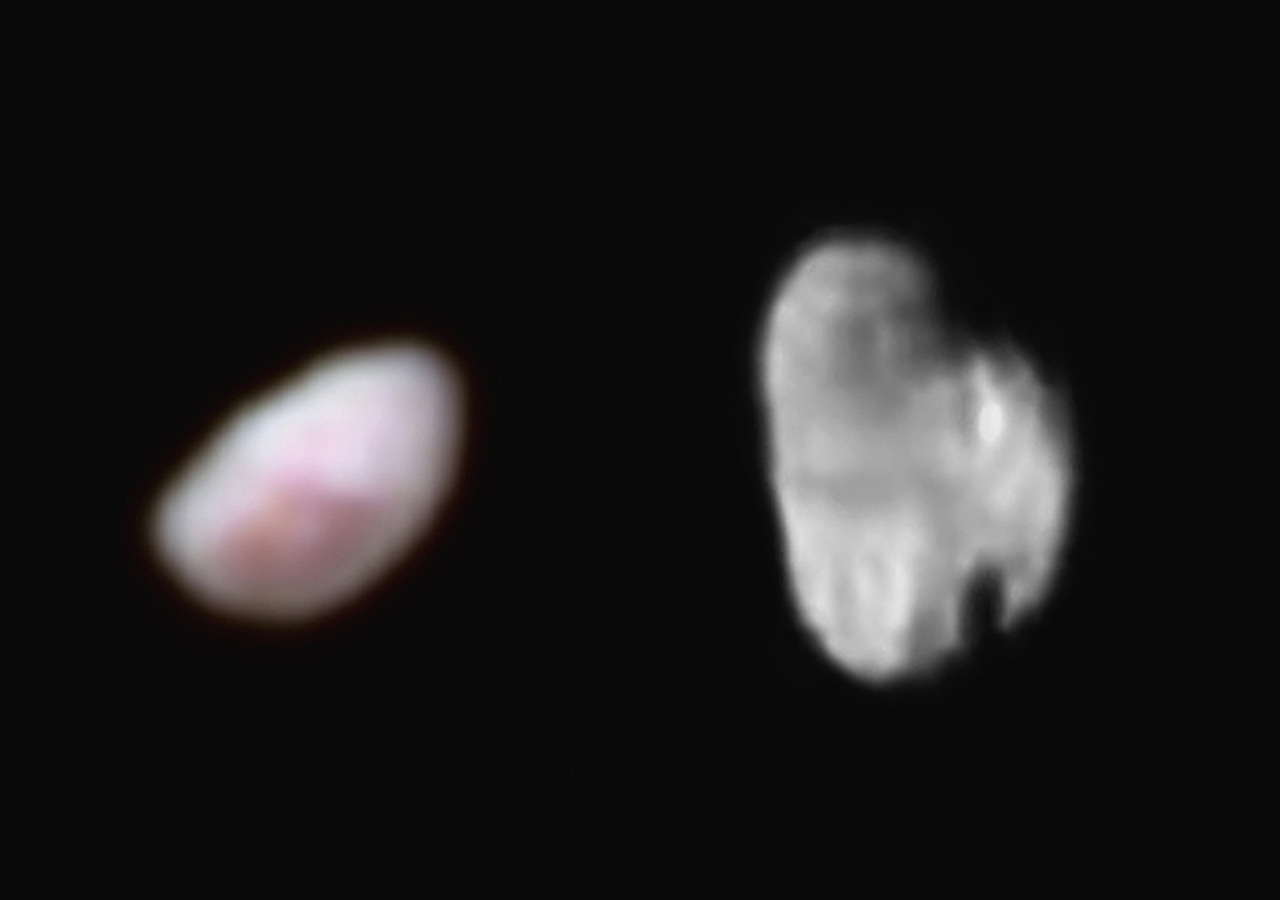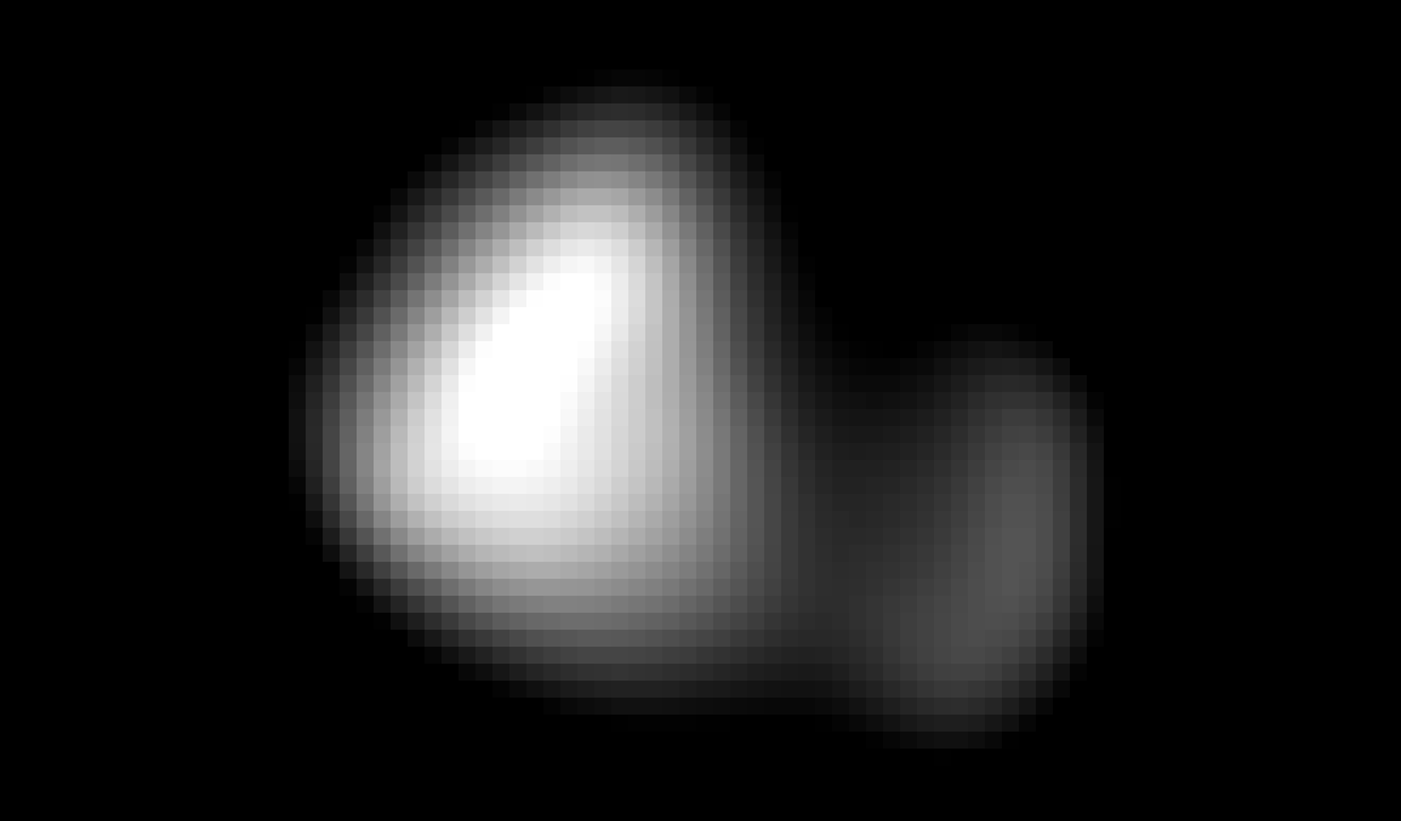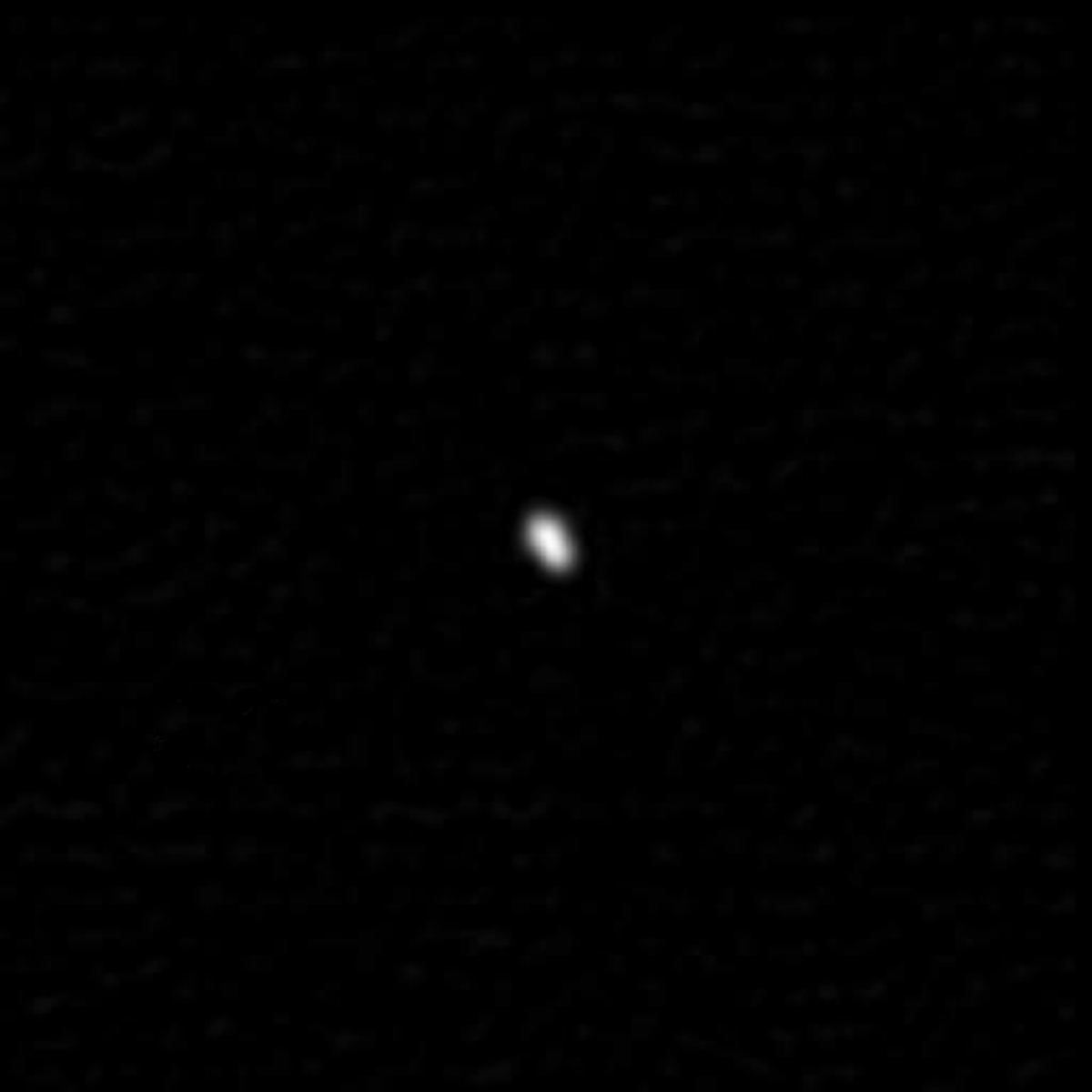Pluto Moons: Facts
Quick Facts
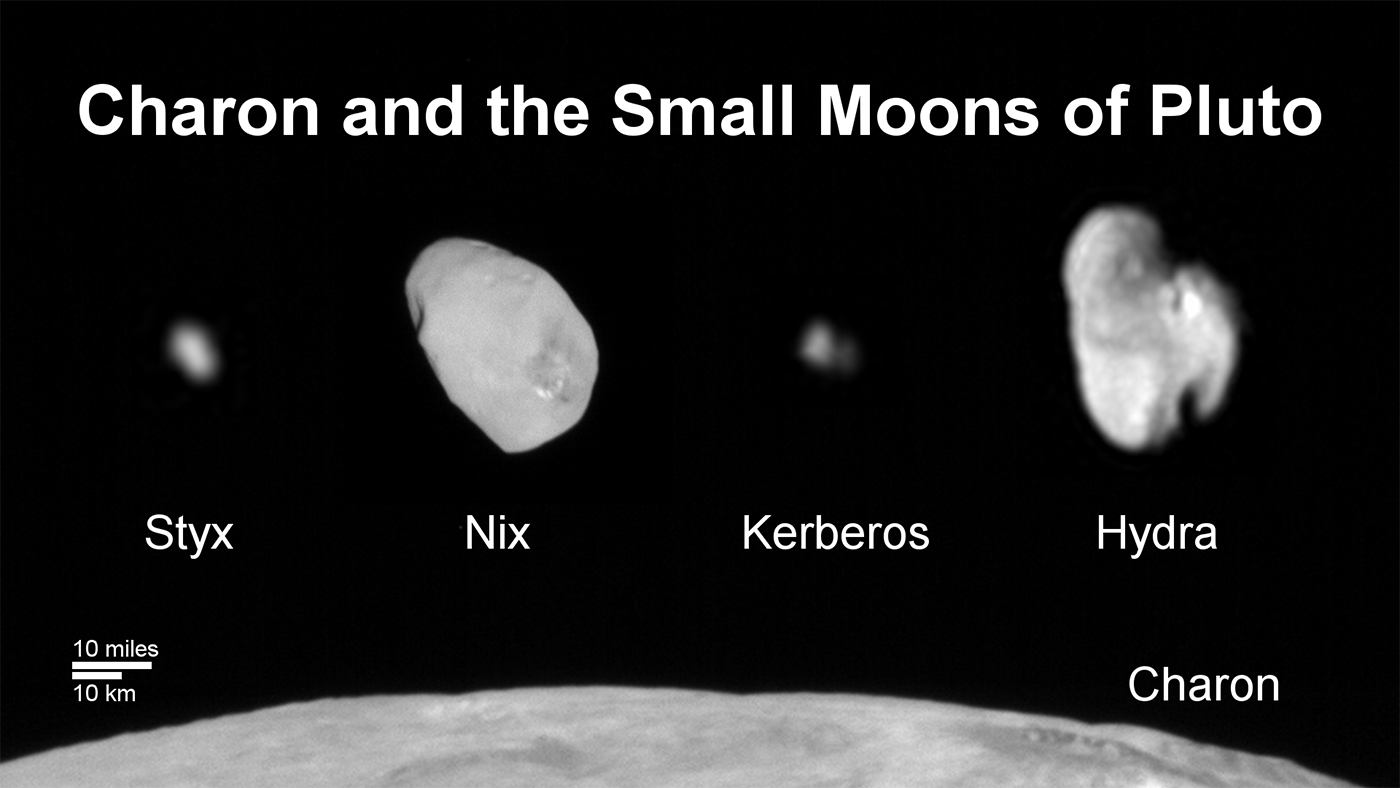
Pluto's moons to scale. The largest, Charon, is displayed along the bottom.
NASA/JHUAPL
All of Pluto's moons are named for mythological figures associated with the underworld, a naming convention that started when 11-year-old Venetia Burney named Pluto in 1930.
IAU Number | Name | Discovered | Discoverer(s) |
Pluto I | 1978 | J.W. Christy | |
Pluto II | 2005 | H.A. Weaver, S.A. Stern, M.J. Mutchler, A.J. Steffl, M.W. Buie, W.J. Merline, J.R. Spencer, E.F. Young, L.A. Young | |
Pluto III | 2005 | H.A. Weaver, S.A. Stern, M.J. Mutchler, A.J. Steffl, M.W. Buie, W.J. Merline, J.R. Spencer, E.F. Young, L.A. Young | |
Pluto IV | 2011 | M.R. Showalter, D.P. Hamilton, S.A. Stern, H.A. Weaver, A.J. Steffl, L.A. Young | |
Pluto V | 2012 | M.R. Showalter, H.A. Weaver, S.A. Stern, A.J. Steffl, M.W. Buie, W.J. Merline, M.J. Mutchler, R. Soummer, H.B. Throop |
Source: JPL Solar System Dynamics, Last Updated: Feb. 5, 2024
Keep Exploring


